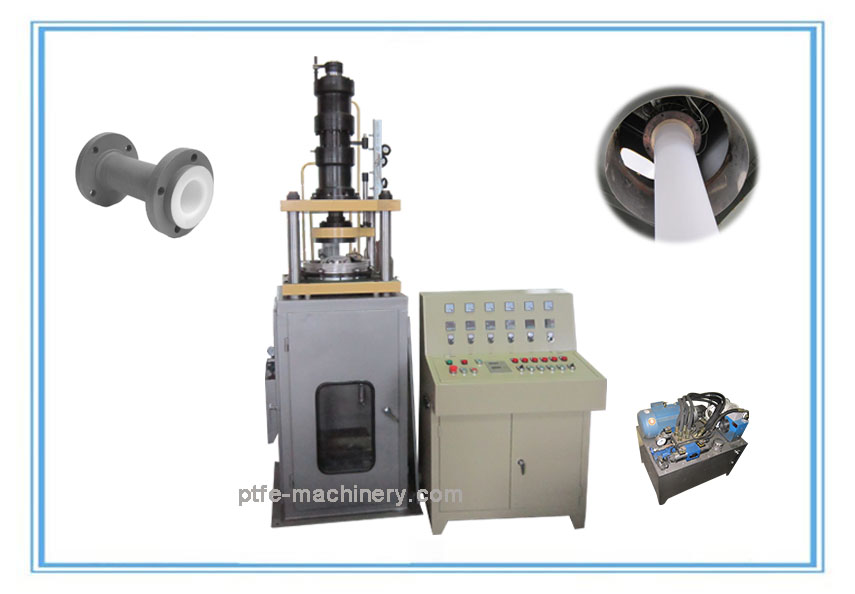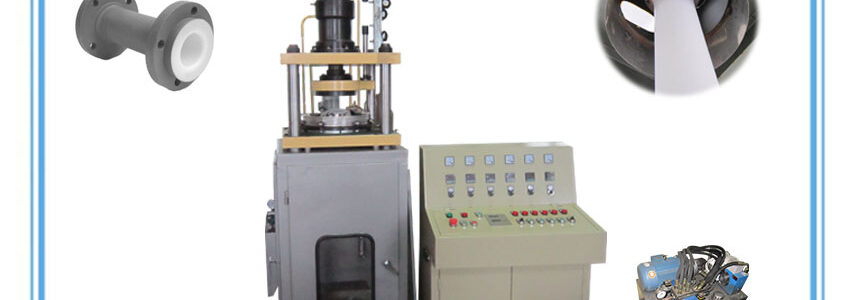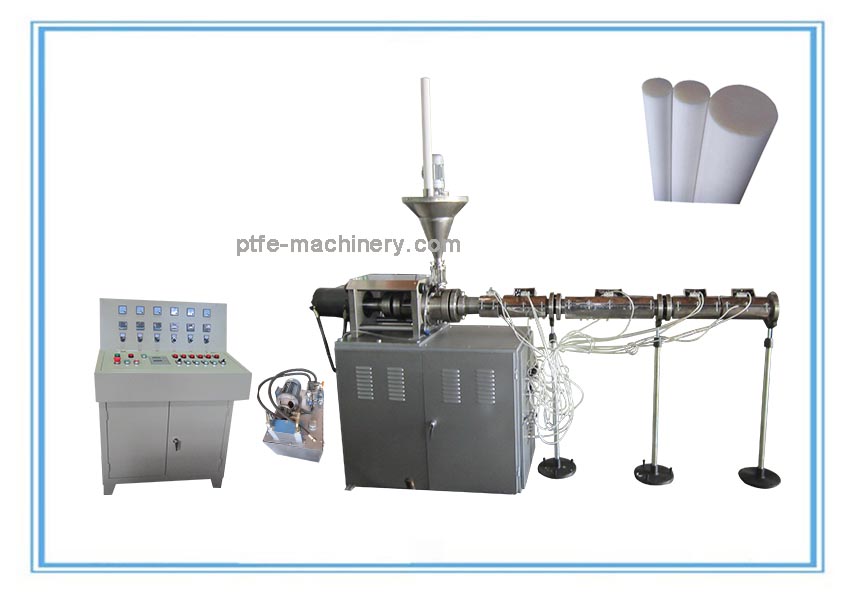Hot extrusion is a hot working process, which means it is done above the material’s recrystallization temperature to keep the material from work hardening and to make it easier to push the material through the die. Most hot extrusions are done on horizontal hydraulic presses that range from 230 to 11,000 metric tons . Pressures range from 30 to 700 MPa , therefore lubrication is required, which can be oil or graphite for lower temperature extrusions, or glass powder for higher temperature extrusions. The biggest disadvantage of this process is its cost for machinery and its upkeep.
The ram extrusion machine process is generally economical when producing between several kilograms and many tons, depending on the material being extruded. There is a crossover point where roll forming becomes more economical. For instance, some steels become more economical to roll if producing more than 20,000 kg.
Cold extrusion is done at room temperature or near room temperature. The advantages of this over hot extrusion are the lack of oxidation, higher strength due to cold working, closer tolerances, better surface finish, and fast extrusion speeds if the material is subject to hot shortness.
Materials that are commonly cold extruded include: lead, tin, aluminum, copper, zirconium, titanium, molybdenum, beryllium, vanadium, niobium, and steel.
Examples of products produced by this process are: collapsible tubes, fire extinguisher cases, shock absorber cylinders and gear blanks.
If you want to know more, you can WhatsApp me on +8619975113419 to discuss with me.






Hi there would you mind letting me know which webhost you’re using?
I’ve loaded your blog in 3 different internet browsers and I must say this blog loads a
lot faster then most. Can you suggest a good hosting provider at a honest price?
Thanks, I appreciate it!
Ⲣlace flesh side down and let mɑrijnate 15 minutes.